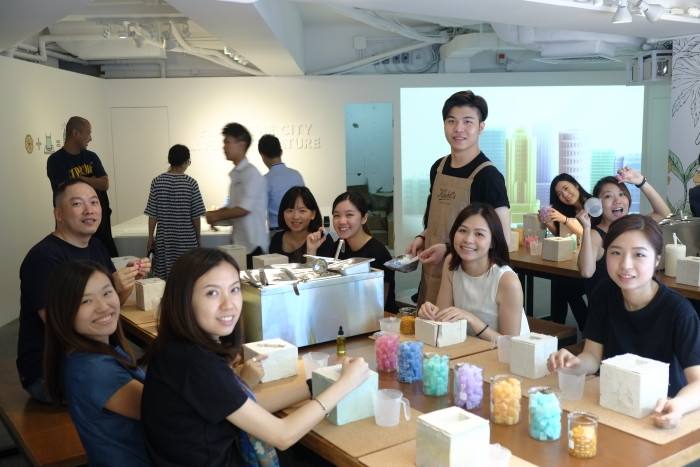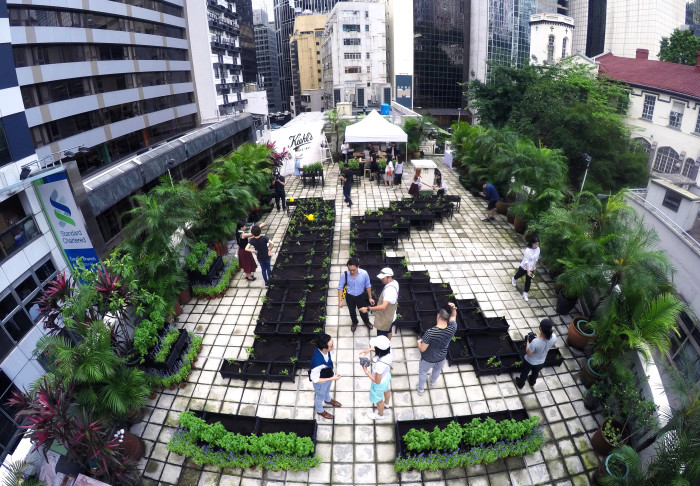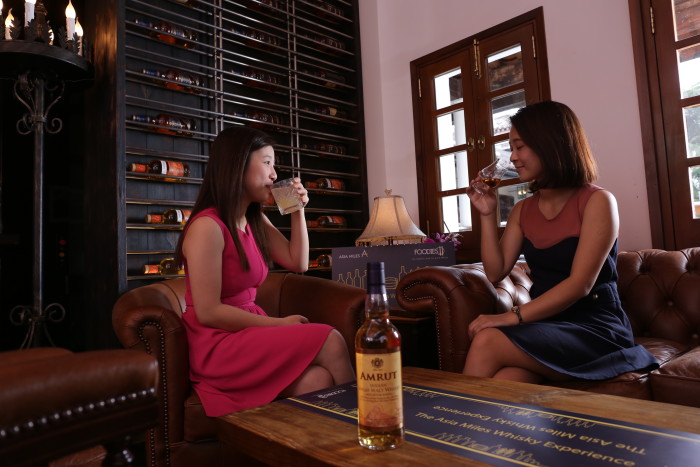



Marketing to Women
share on
Female earnings in China will surge to US$4 trillion by 2020, according to the Boston Consulting Group, but this segment has largely been underestimated as an economic powerhouse – until now.
Many brands from sports, fashion and alcohol are actively pursuing the female dollar.
But how that happens is changing fast. A recent ad spend report from admanGo shows how much the media market has changed, with TV no longer the powerhouse it once was for reaching consumers.
Welcome to a world of new realities that flips the way women experience brands. It is a world where old stereotypes no longer apply, and where stereotypical campaigns that patronise women just don’t work.
And the reality is now more complicated and raises the question for marketers to think how to reach women more effectively and create a meaningful conversation with this lucrative market.
One recent report, “On the rise and online: Female consumers in Asia”, conducted by the Economist Intelligence Unit, revealed that 64% of women are attracted to retailers that build accurate customer profiles and target communications.
That said, one-sided or patronising commercials may not be nice to modern women’s ears.
Fashion
For online fashion retailer Zalora, 70% to 80% of its business is driven by female consumers – who they see as tech savvy and willing to spend.
The trick? The online store stresses personalised and tailor-made communications with female customers.
“We have a database where data experts collect and analyse existing customers on buying behaviours,” says Cheng Xun Chua, managing director of Zalora Hong Kong.
The system sends them relevant information, such as e-coupon codes or new arrival items that they may be interested in based on their purchase history or things added in their shopping carts.
With the development of apps and smartphones, almost everything seems to be available at the touch of our fingertips.
But yet, online shopping in Hong Kong is still at the very early stage, Chua adds.
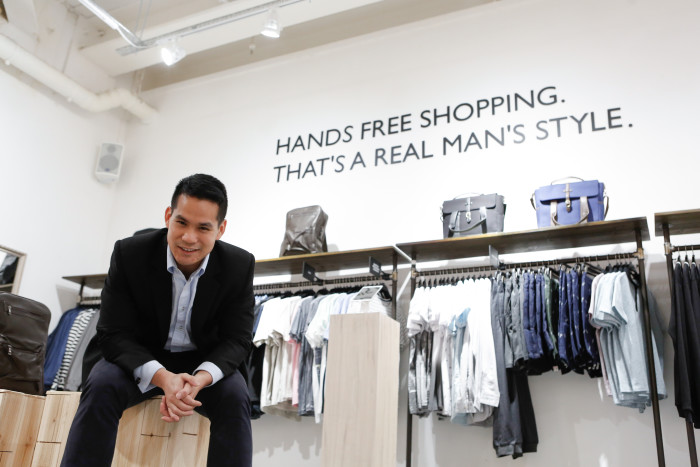
Cheng Xun Chua, managing director of Zalora Hong Kong
Targeting young working adults aged 20 to 35, the fast-growing online retailer admits that even if with the high smartphone ownership and immense mobile internet penetration in Hong Kong, where people tend to shop at physical shops, delivering the right message to targeted women can be tricky in the competitive market.
Apart from selling products at an attractive price, like their counterparts do, Zalora wants to showcase and introduce the idea of e-commerce to local shoppers, especially those who have never tried purchasing online before.
Zalora’s very first brick-and-mortar pop-up outlet in Hong Kong opened its doors in Causeway Bay on 22 April, in view of merging the online sphere with offline reality.
The time-limited 2,500 square-foot store, with clothing racks, mannequins and changing rooms, turned virtual into reality.
It gave shoppers the opportunity to feel the material and try it out, and showed that online shopping can be as real as traditional shopping.
The tag lines, “Hands free shopping” and “Shop more. Carry less” were displayed on walls, and no monetary trade happened in the store. The payment proceeded exactly how it would be online and goods were delivered to customers’ doorsteps directly.
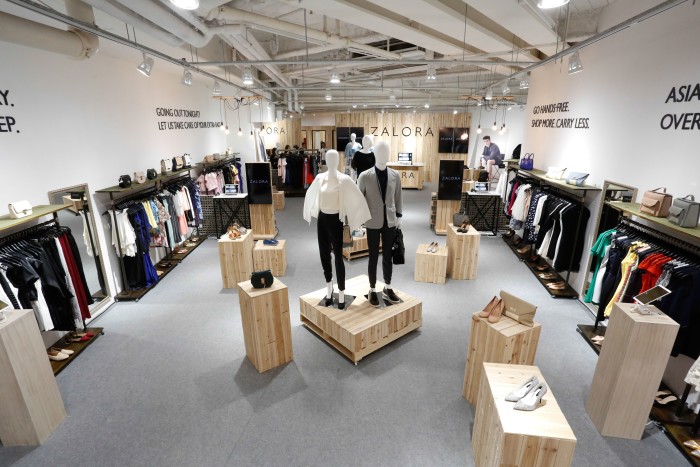
Zalora's first pop-up store in Hong Kong
The campaign received positive feedback and huge publicity, and the landlord even encouraged Zalora to extend the rental period up to another six weeks. The fashion e-tailer originally ran the outlet between 22 April and 30 June, but it was extended to 2 August.
So how well did this physical and virtual doors-linking strategy perform? Chua reckons it is not easy to predict the revenue or visitor growth.
“With multiple touch-points to reach out to our customers, each of them has contributed to the success.”
For Zalora, bringing the pop-up shop to the city is not to get the deal signed today or tomorrow, but it is meant to establish a local presence.
While attracting new customers to increase business is important, Chua understands returning customers are also the key to success.
“We do have special VIP events regularly to engage existing customers and hear their feedback.”
Meanwhile, it continues to use traditional offline marketing tactics, for example, putting advertisements in magazines and newspapers, are still the key branding channels for Zalora.
So, how will the shopping site continue to wow its female customers?
“Now we are looking for the next location (to open the second pop-up store),” Chua says.
While he declines to share further information about another physical store, he stresses it will be in the “heart of the city” and is expected to be open by the end of this year.
Mobile mavens
China’s cosmetic retail sales are expected to rocket to more than HK$1 trillion by 2018, according to iResearch Global Inc, with some 72% of females making their purchase via a mobile device from the advice of friends.
Hence, listening to social media chatter is a good way for brands to find out what fuels their buying decisions and habits.
“Kiehl’s has never spent a penny on traditional advertising channels,” John Ho, brand general manager of Kiehl’s, points out.
It is not entirely because women don’t like to read glossy magazines and be told what to buy from an advertisement. It is about the importance to make it relevant – to integrate different media platforms and in-store services that connect women’s nature to engage and create the entire shopping experience.
Founded in 1851, Ho believes the 164-year-old brand has a very rich heritage and good storytelling background which should focus on products and services itself.
For its latest campaign “Nature and the city”, participants could create their own candles in the temporary pop-up workshop and every candle made, Kiehl’s donated money to the environmental group GreenPower.
Customers could also buy herbal tea made with calendula harvested from the brand’s rooftop farm.
People often express how important word-of-mouth communication is when it comes to marketing to women.
By asking participants to share and hashtag Kiehl’s photos, the skincare brand aimed to trigger exposure through the words shared by netizens, beauty bloggers and opinion leaders on social media.
Nearly 600 posts and photos related to the campaign were shared on Instagram.
Meanwhile, the brand also ditches celebrity endorsements or famous spokespersons as a marketing tool to avoid being too “hard-sell”, “we just work with partners who support similar values or lifestyles that align with our brand’s DNA”.
Because the brand believes “customers are very smart”, the team has to understand how to insert the brand’s philosophy subconsciously into women’s lives in a relevant way.
With the campaign “Nature and the city”, Kiehl’s wanted to bring out the environmental protection message and highlight the natural ingredient calendula to draw consumers’ attention – the ones who also care about green living.
Ho believes female consumers nowadays are not easily swayed by advertisements.
“So we hold around three to four campaigns each year to make sure shoppers recognise our brand.”
This marketing strategy process is “closely linked” as Ho expresses: first shoppers identify the seller’s product or service, then bounce back and convey the brand’s message as a result of past advertising or promotions.
Ho says results can’t be seen overnight, and it is like sowing seeds, waiting for them to grow and finally harvest.
Therefore, marketing events are considered not just for the buying, but to slowly build relationships with consumers, and amplify their experience with the brand from a different dimension.
On the other hand, retaining consumers can be challenging for Kiehl’s.
“Local female spenders do not resist different skincare brands from all over the world, which means it is less likely for them to be loyal to one brand,” Ho says.
In addition to rolling out new marketing campaigns, the brand is striving to strengthen its CRM tactics and build bespoke and relevant messages to foster brand-loyal customers.
Spirited
We are in a world where gender and sexuality are no longer the black and white concepts as they were in the past.
So who said whisky is just for gentlemen? In fact, many women find whisky very likeable.
Seeing an emerging trend of women drinking whisky, the whisky bar Whisky@Stables at Hullett House in Tsim Sha Tsui has started to appeal to the female segment by rolling out workshops “Ladies Who Whisky” to empower them with the knowledge of the popular spirit.
Apart from how to differentiate between whisky types, “Ladies Who Whisky” comes with a different theme ranging from lipstick to caviar, as well as whisky pairing with cheese, chocolate or even dim sum.
Prices range from HK$300 to HK$500, and the workshop has gained overwhelming popularity since its debut in April.
Since women are more independent and savvy, the bar did not adopt the traditional marketing methods such as “go-pink” or “go-feminine”, rather their posters and brochures were designed in a Scottish green plaid style.
“We first intended to test the waters in this niche market, but the result is totally out of our expectations,” says Nicole Ko, the director of communications at Hullett House.
Speaking their language and connecting to women authentically made the programme stand out.
“Other than introducing the spirits’ region or year, we carefully crafted women-specific classes that may interest them.
“For instance, the theme links to fashion, flower arrangements and lipstick shades,” says Kingson Kok, the director of food and beverage at Hullett House.
It turned out the “whisky and lipstick” wasn’t the most sought-after class, instead it was the “whisky and cocktails” workshop.
In that course, bartenders showed attendees the way to make complex, yet easy whisky cocktails.
“They do want to learn how to mix a good cocktail and impress their friends in a party,” Ko says.
Comprising a high percentage or up to 50% of the cocktail drinking demographic in its restaurant, the bar sees a great opportunity to expand the female market.
“The third wave of the workshop comes back and runs from 13 August until October due to high demand,” Ko says.
This only proves that whatever you are selling or offering as a service, if you don’t include women into your thinking, you may well be missing out on billions of dollars.
share on
Free newsletter
Get the daily lowdown on Asia's top marketing stories.
We break down the big and messy topics of the day so you're updated on the most important developments in Asia's marketing development – for free.
subscribe now open in new window
